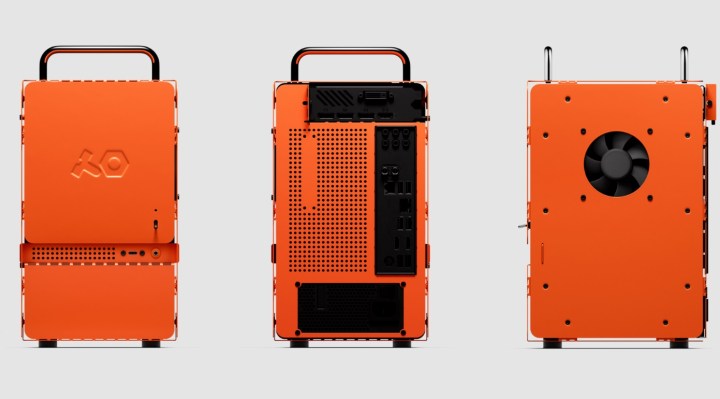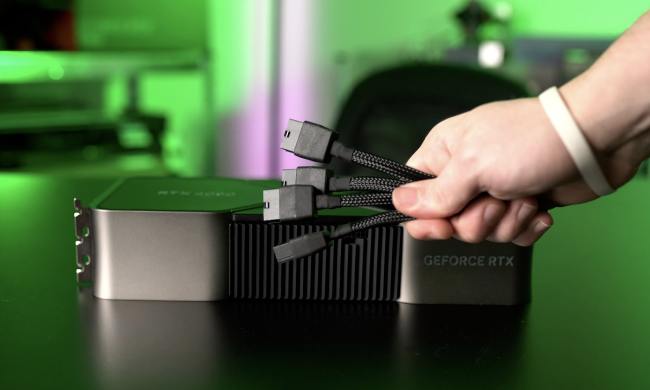Teenage Engineering, a Swedish design studio, has just released a DIY mini-ITX PC case called computer-1 — and it’s safe to say that it’s truly one of a kind. Small, bright orange, industrial in its design, and featuring two handles, it fills a gap in the PC case market that we didn’t even know existed.
The catch? It sold out within minutes of its release — but it’s likely to be restocked.

Imagining a desktop PC usually conjures the image of a large, black chassis with a side glass panel and some hints of color, often green or red. The use of RGB lighting sometimes brings life to these otherwise monochromatic cases, although not everyone is a fan of that. Needless to say, Teenage Engineering threw that standard out of the window, because this case looks nothing like what we’re used to.
Made out of lightweight aluminum and painted in a vibrant orange RAL 2004 color with a powder-coated finish, this is a small case created to be easy to carry. It takes up minimal desk space, measuring 170mm in width, 190mm in depth, and 322mm in height. The top of the chassis comes with two chrome handles attached.
The vast majority of the case is orange, but the back panel will reveal a striking contrast due to the power supply, motherboard, and graphics card, all visible and usually black. The side panel comes with an opening for a cooling fan. Both the side and the back of the chassis have vents to increase the airflow inside the fairly cramped case.

The inside measurements leave little room for components: 164mm width, 189mm depth, 275.5mm height. While computer-1 is big enough to house every necessary PC part, it’s small enough to force the use of mini-ITX motherboards. It also uses the SFX power supply unit (PSU) technology. These power supply units are made specifically for small-form cases, although they deliver similar output to full-sized PSUs.
The chassis supports dual-slot GPUs no larger than 180mm. This might make picking the right graphics card a bit challenging, as most of the best GPUs with two or three fans may not fit inside this case. Some graphics cards are released in smaller variants alongside the large main version, but of course, slimming down the card comes at a cost to performance.
It’s not only the design that is innovative when it comes to computer-1 — it’s also the way it is delivered to the customer. The case comes completely disassembled and is fully do-it-yourself, meaning that it has to be built from scratch. Teenage Engineering provides full instructions to guide people through the building process, and it’s easy enough that it can be done by anyone who wants to build a PC.
It’s definitely nice to see a new approach to PC design in computer-1, and it’s clear that there is a demand for this type of product — after all, it sold out so quickly despite the $220 price tag. Perhaps the enthusiastic customer response will prompt this brand, along with other manufacturers, to break the unspoken rules and get more creative in the future.



